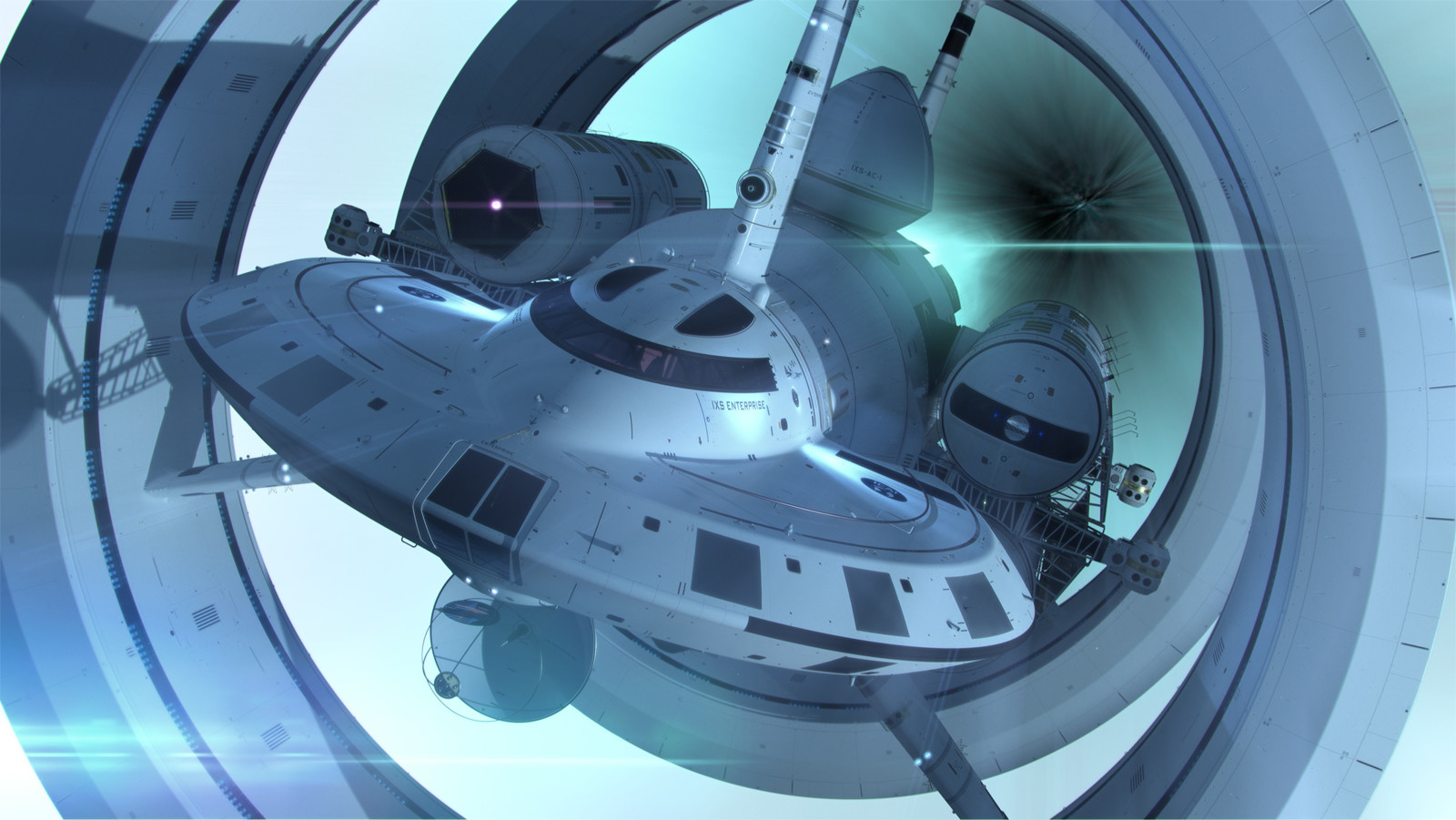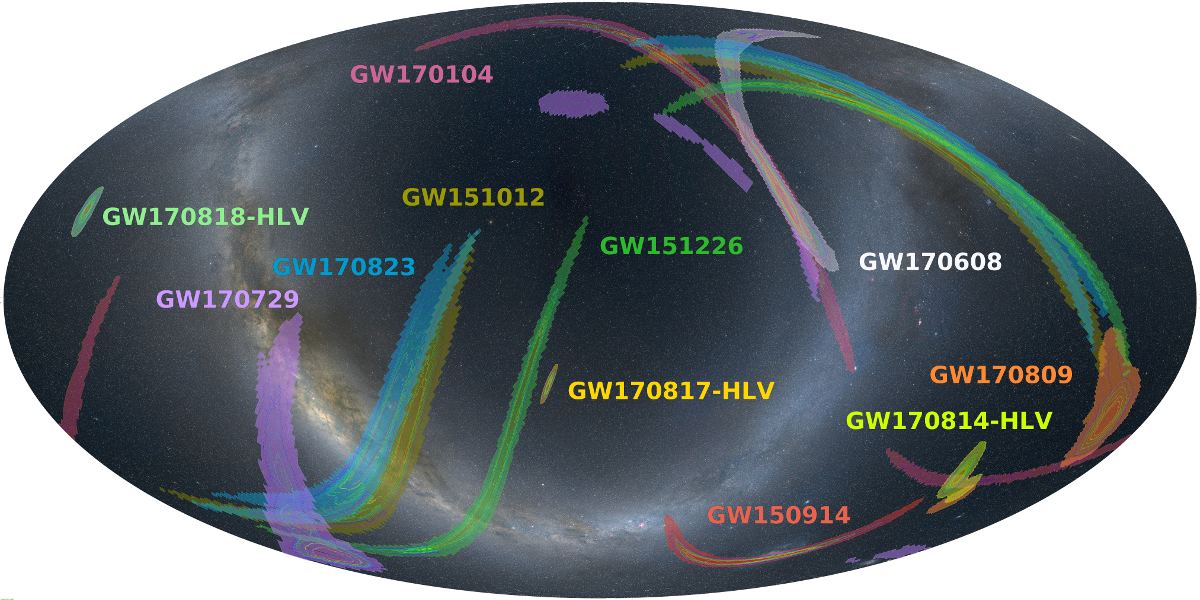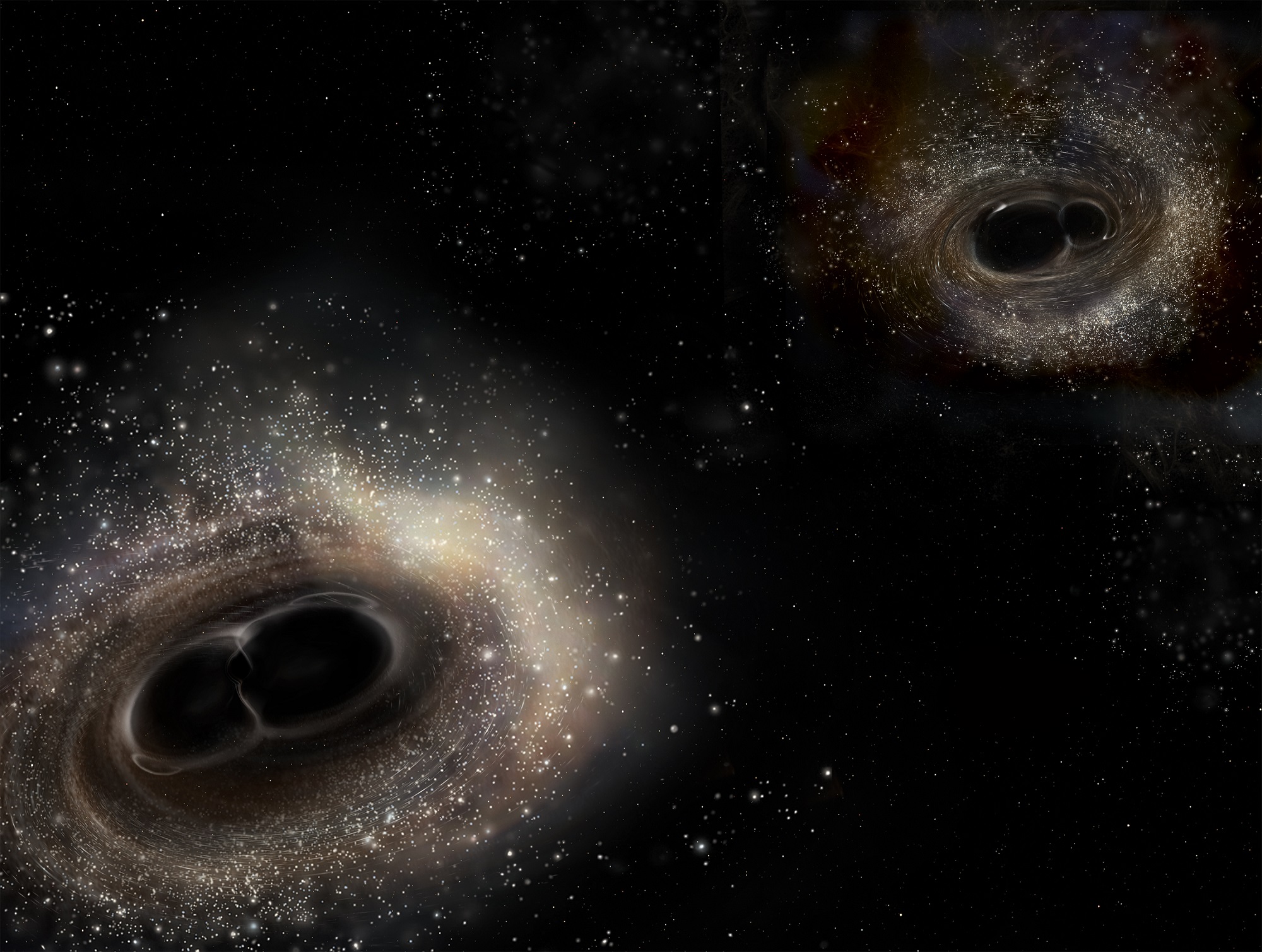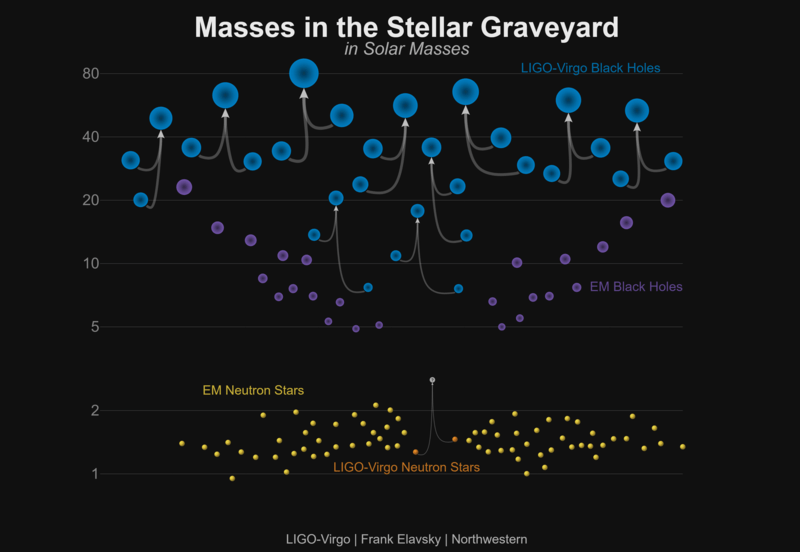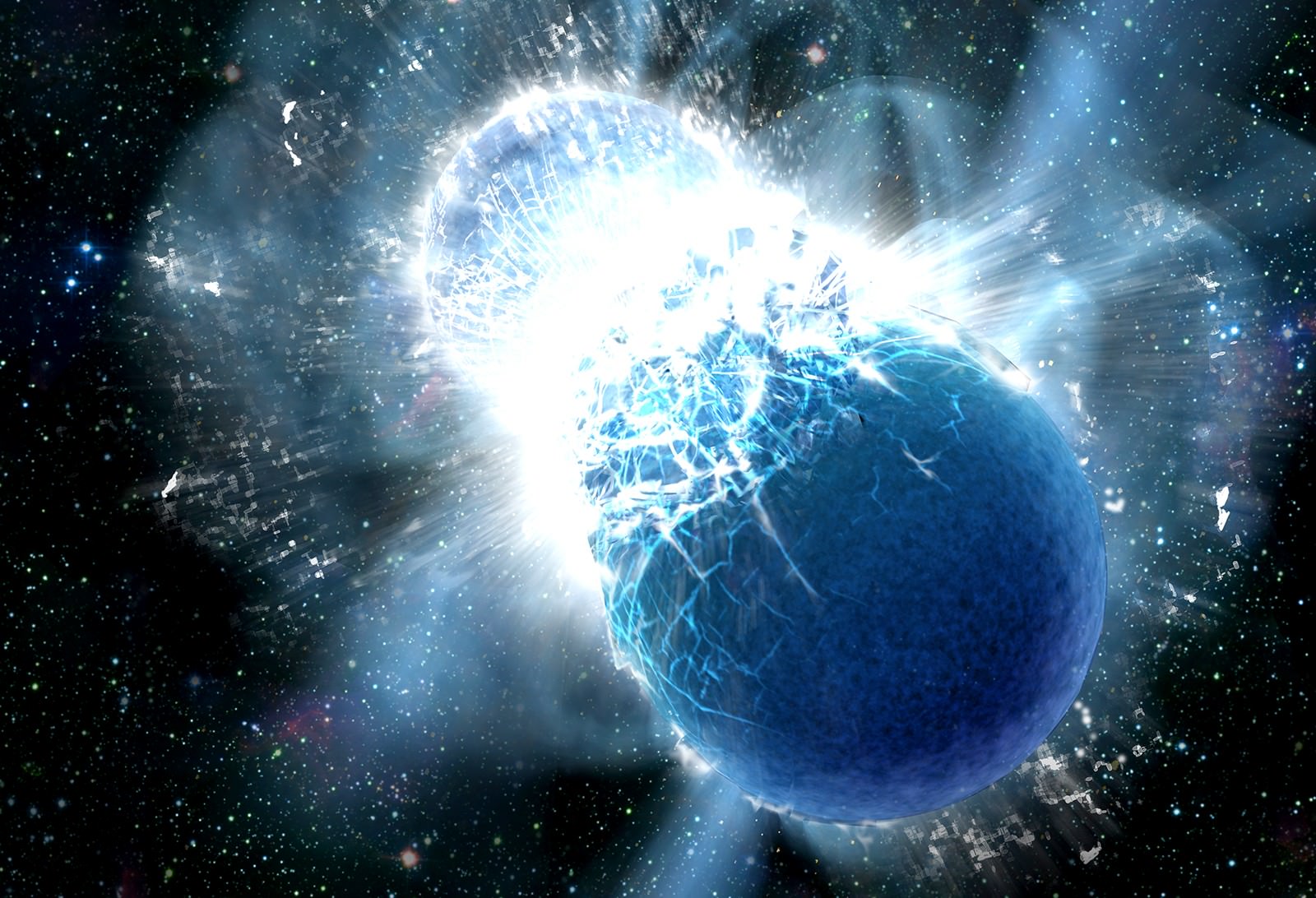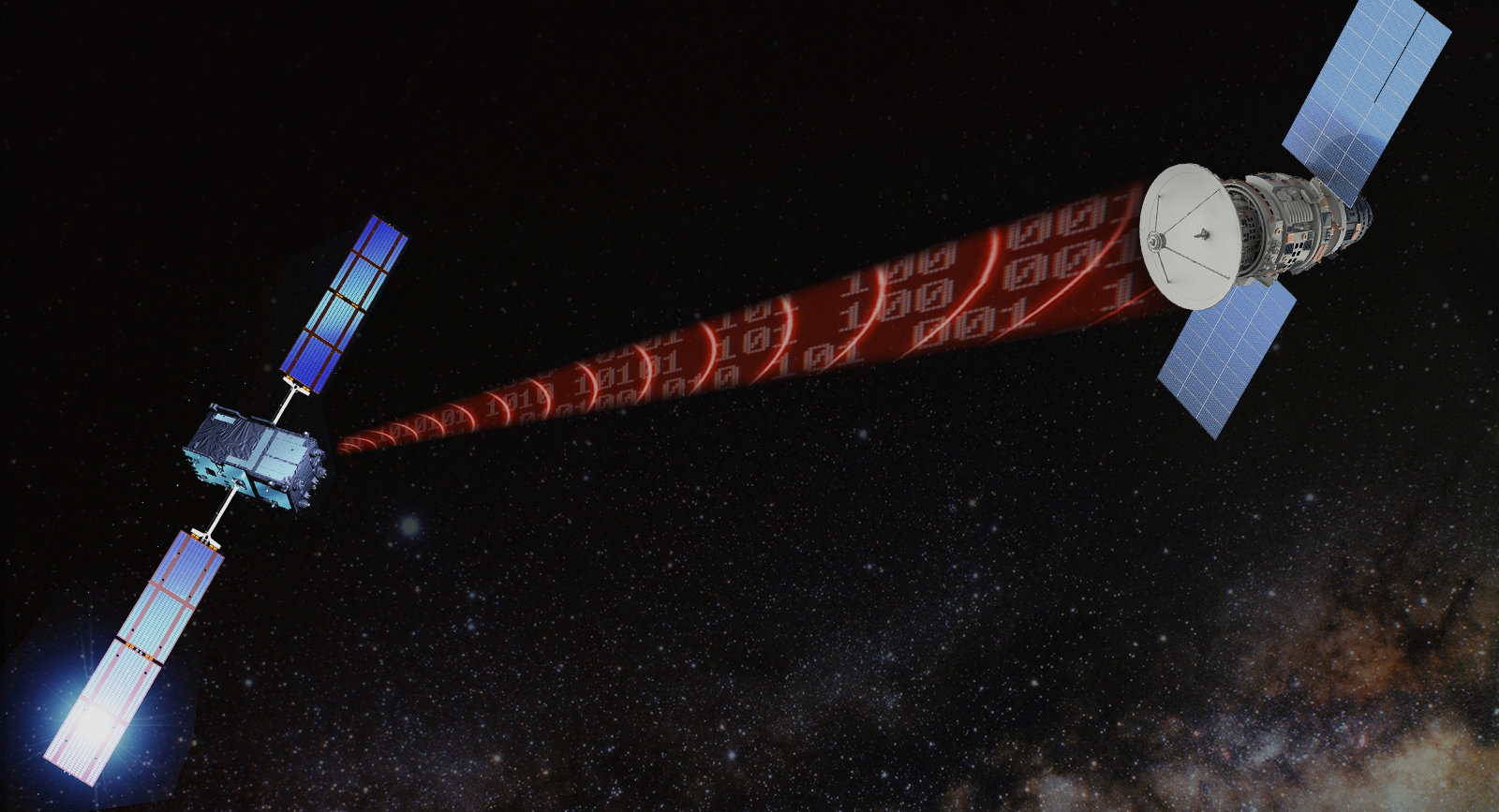Gravitational waves are caused by calamitous events in the Universe. Neutron stars that finally merge after circling each other for a long time can create them, and so can two black holes that collide with each other. But sometimes there’s a burst of gravitational waves that doesn’t have a clear cause.
Continue reading “A Mysterious Burst of Gravitational Waves Came From a Region Near Betelgeuse. But There’s Probably No Connection”A Mysterious Burst of Gravitational Waves Came From a Region Near Betelgeuse. But There’s Probably No Connection


